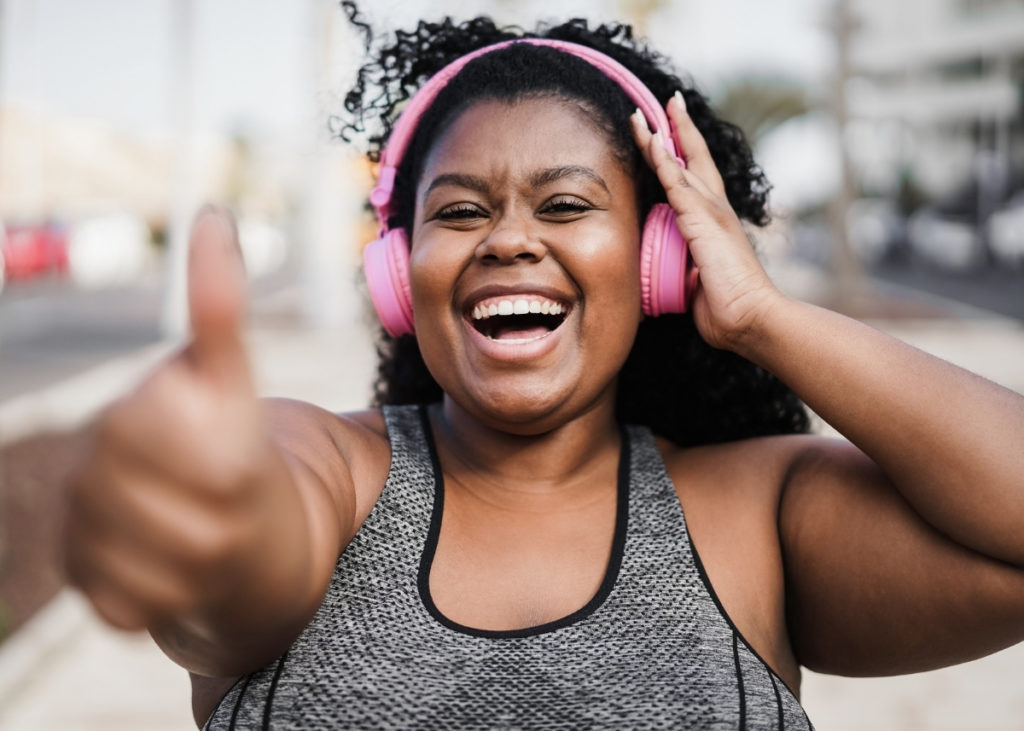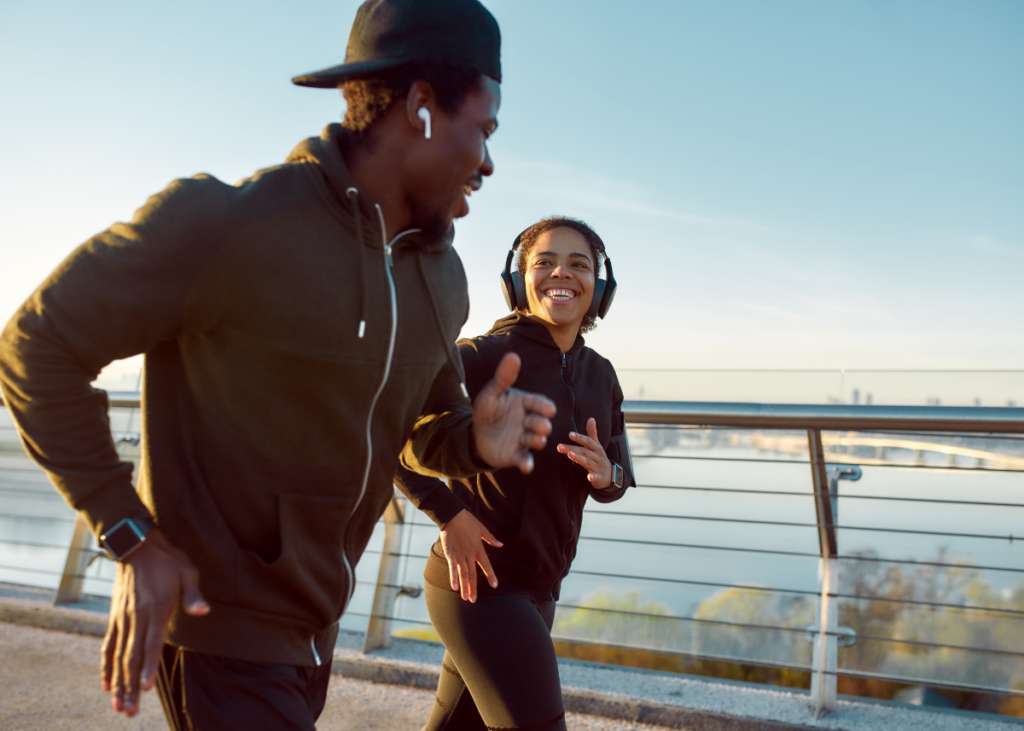Equilibrium
by Circuit

10 Surprising Fitness Facts You Probably Didn’t Know
22.09.2021
Is working out in the morning or evening more effective? Can you really burn calories while standing, or sleeping? We’re sharing some of the most interesting facts from various studies and journals in recent years. If you didn’t have the motivation to workout before, you might have it after reading this!
1. Starting after age 30, people can lose 3-5% of their muscle mass per decade.
Without regular exercise, the muscles slowly begin to deteriorate in quality and strength through a process known as sarcopenia. A solution to this dilemma is to ensure you are building an adequate balance of strength-training in with your cardio routine.
2. Listening to music can actually help you move faster and improve the quality of your workout.
Working out with music has been proven to actually boost your performance and get you more motivated to move. Synchronized and upbeat music in particular has demonstrated positive physical and psychological effects on people, and in one study, it showed an increased pace, greater quantity of repetitions, and further ground traveled.

3. Working out in a group setting can improve athletic performance as opposed to working out alone.
Studies have shown that working out with a group can actually boost your mental health compared to working out alone. Once you get in the habit of going just a couple of times to a group fitness class, it becomes easier and feels more obligatory as you build a sense of community and camaraderie with your fellow fitness participants. Synced workout routines in particular, are effective at helping participants work through pain tolerance and keeping up with the pace of the group, all while creating a bond. A great way to enjoy working out is through virtual group fitness classes.
4. Stretching before a workout doesn’t necessarily prevent injury for some routines.
Static stretching, or stretching in one place for where you hold a stretch in position for anywhere from 15-60 seconds has not been shown to be effective in physical activities such as swimming or jogging where injuries commonly stem from overuse. In additional cases including repetitive cardio movements such as swimming, excessive mobility in the shoulders can easily influence injury rather than prevent it. Instead, for these types of workouts a general warm-up is still recommended, consisting of light jogging in place, jumping jacks, or other minor aerobic movements.

5. Total body workouts and workouts by muscle group can be equally effective.
In a study by the National Library of Medicine and National Institutes of Health, higher and lower frequency workouts showed both training style workouts resulted in a 2% increase in lean body mass over an 8 week time span.
6. People burn an average of 50 calories every hour while they sleep.
The amount varies of course depending on your personal basal metabolic rate, or the energy needed for essential functions including breathing, circulation, cellular repair, and regulating temperature.
7. When you stand you burn an average of 100-200 calories, versus sitting, where you burn 60-130 calories an hour.
This is also dependent of your height, age, body mass index and activity level of course. Source
8. Working out in the morning versus the night can make a difference depending on your personality, and while both are beneficial, each time of day presents different benefits.
Research has linked morning workout routines to greater productivity, improved sleep and lower blood pressure, as well as an increase in metabolism for most people. The psychological effect of working out in the morning inhibiting their likelihood to workout later on. In addition, people who work out in the morning may psychologically be more apt to making better food choices throughout the day. However, morning workouts have also been linked to greater joint stiffness and swollen discs. On the contrary, late afternoon and evening workouts are better for the night-owl type of person, and have been shown to provide a deeper benefit of stress reduction, greater endurance, and improved anaerobic performance. Another huge factor in the relationship between time of workout and benefits is sleep. Since working out too close to bedtime can interfere with deeper sleep, routines such as a relaxing Yoga session can actually help for deeper sleep if it is closer to bedtime.

9. Aerobic exercise actually leads to neuron generation, which acts as a buffer to reduce effects of dementia and increase cognitive performance.
As your increased breathing pumps more oxygen into your bloodstream, it then gets delivered to your brain, which begins the process of neurogenesis, or neuron creation. The creation of new neurons and brain cells can even occur in an aging brain.

10. Too much cardio can actually prevent fat loss.
While cardio is extremely important and an essential part of any healthy lifestyle, too much of it can actually be a bad thing. Research has shown that running long distances for example, will cause your body to adapt to your routine and become more efficient, eventually encouraging your body to hold onto excess weight. In addition, an excess of cardio will leave your body starving for fuel, which can in turn prevent fat loss as your body turns to muscle to burn for its source of energy.


